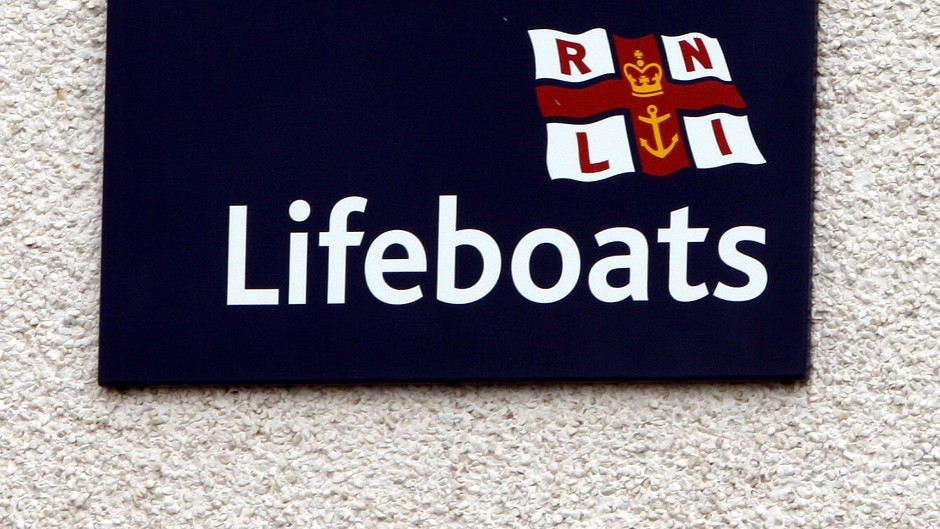Half a century ago, they were the heroes of the hour – the Shetland men who leapt into action to save the crew of an Aberdeen fishing boat.
And this week, an island lifeboat station will remember the heroic rescue of 12 fishermen from the stricken trawler.
The crew of the Aith lifeboat were called out in the early hours of February 19, 1967, and made their way to Papa Stour, where the Aberdeen-registered trawler Juniper had grounded and was jammed against rocks at the foot of sheer cliffs 200 foot high in rough seas and force 7-8 winds.
Coxswain John Robert Nicolson and his crew managed to pull the lifeboat alongside the heaving and rolling vessel and pluck the exhausted Juniper crew from the trawler.
A court report from October that year said the lifeboat had to act “in very difficult and dangerous conditions” and was “substantially damaged” during the operation.
The Juniper had been fishing off Eshaness very successfully and, while most of the crew were on board gutting fish, the skipper decided to take the vessel on a course between Papa Stour and Ve Skerries on her way back to Aberdeen.
At 4.30 am the Juniper hit the rocks between Lyra Skerry and Papa Stour at full speed. She became a total loss but all the crew were saved.
Coxswain Nicolson, who died in 2004, was later awarded a silver RNLI bravery medal, the Maud Smith Award for the bravest rescue by a lifeboat during 1967, and the P&O award for bravery.
The rest of the crew – Frank Johnston, Kenny Henry, Jimmy Manson, Wilbert Clark, Jim Tait, Andy Smith and Bill Anderson – received RNLI Thanks of the Institution inscribed on vellum.
Recalling the events of February 1967, Johnston, who was mechanic on board the lifeboat back then, said the sea was already flooding the deck of the Juniper, so they just went in and did what had to be done.
“The Juniper was rocking on a ledge below the cliffs and the sea was rising by about 18 feet, I would say, but then you never think about the weather,” the 74-year-old businessman said.
“The lifeboat crew worked together and that is what makes it – you are together in the same boat.”
The RNLI’s official report of the rescue says: “The survivors were in poor shape, wet and exhausted, which together with the movement of the boats and the weather made the rescue a most hazardous task.
“However, by a superhuman effort by all the lifeboat crew all 12 men of the trawler crew were hauled aboard the lifeboat without any injuries.”
Current Aith coxswain Hylton Henry, whose father Kenny was also involved in the rescue, added: “It is phenomenal to think what that crew did in that lifeboat in such conditions.”
